Daniel B. Wallace, Greek Grammar beyond the Basics: An Exegetical Syntax of the New Testament (Grand Rapids, MI: Zondervan, 1996), 327.


John writes, “This is the true God and eternal life” (1 Jn. 5:20). But what does the “this” refer to? Does it refer to Christ? Or does it refer to the Father?
There are a number of reasons for believing that the Greek word “this” (outos) refers to Jesus—not the Father:
First, Jesus is the nearest antecedent. An antecedent is what comes immediately before the pronoun. For instance, if you wrote, “I talked with my friend about the governor. He is such an idiot!” To what does the “he” refer? It could either modify “my friend” or it could modify “the governor.” Grammatically, unless we have good reason to think otherwise (1 Jn. 2:22; 2 Jn. 7), the nearest antecedent is governor—not your friend. Thus, you should assume (all evidence being equal) that the nearest antecedent is in view.
Now apply this principle to 1 John 5:20. There we read, “We know that the Son of God has come, and has given us understanding so that we may know Him who is true; and we are in Him who is true, in His Son Jesus Christ. This is the true God and eternal life.” To what does the “this” refer? If we follow this contextual and grammatical principle, the nearest antecedent is “Jesus Christ.” Hence, Jesus God is “the true God.” We see a clear parallel to this syntax earlier in the very same chapter. Earlier, John uses the expression “This is the One” (houtos estin) to refer to “Jesus Christ” (1 Jn. 5:6).
Second, John uses the word “life” (zōē) for Jesus, but never for the Father. Greek expert Daniel Wallace writes, “Christ is also said to be (zōē) in John’s writings (John 11:25; 14:6; 1 John 1:1-2), an epithet nowhere else used of the Father.”
Third, the word for “this” (outos) is used of Jesus the majority of the time, but never used of the Father. Again, Wallace writes, “Of the approximately seventy instances in which outos has a personal referent, as many as forty-four of them (almost two-thirds of the instances) refer to the Son. Of the remainder, most imply some sort of positive connection with the Son. What is most significant is that never is the Father the referent.”
Fourth, this conclusion to the letter serves as an inclusio with the opening of the letter. An inclusio refers to bookends of a letter. For example, in his gospel, John opens by explaining who Jesus is and how to come to Christ (Jn. 1:1-18), and then, he concludes in the same way (Jn. 20:28-31). Similarly, in his letter, John begins with a high affirmation of Jesus’ humanity (1 Jn. 1:1-4), and it would make sense to conclude with a clear affirmation of his deity (1 Jn. 5:20). Regarding this affirmation of Jesus’ deity in 1 John 5:20, Schnackenburg writes, “This seems to occur intentionally at the end of the letter, at the climax of the triumphant expression of faith. It is hardly an accident that it is precisely from the beginning (1:1, 18) and the end (20:28) of [the Gospel of] John that the light of Jesus’ divinity shines forth most fully. The climactic Christological confession becomes visible here in all its clarity.”
Daniel B. Wallace, Greek Grammar beyond the Basics: An Exegetical Syntax of the New Testament (Grand Rapids, MI: Zondervan, 1996), 327.
Daniel B. Wallace, Greek Grammar beyond the Basics: An Exegetical Syntax of the New Testament (Grand Rapids, MI: Zondervan, 1996), 327.
Rudolf Schnackenburg, The Johannine Epistles (Tunbridge Wells, UK: Burns & Oates, 1992), 263. Cited in Colin G. Kruse, The Letters of John, ed. D. A. Carson, Second Edition, Pillar New Testament Commentary (Grand Rapids, MI; London: William B. Eerdmans Publishing Company; Apollos, 2020), 212.

James earned a Master’s degree in Theological Studies from Trinity Evangelical Divinity School, graduating magna cum laude. He is the founder of Evidence Unseen and the author of several books. James enjoys serving as a pastor at Dwell Community Church in Columbus, Ohio, where he lives with his wife and their two sons.
